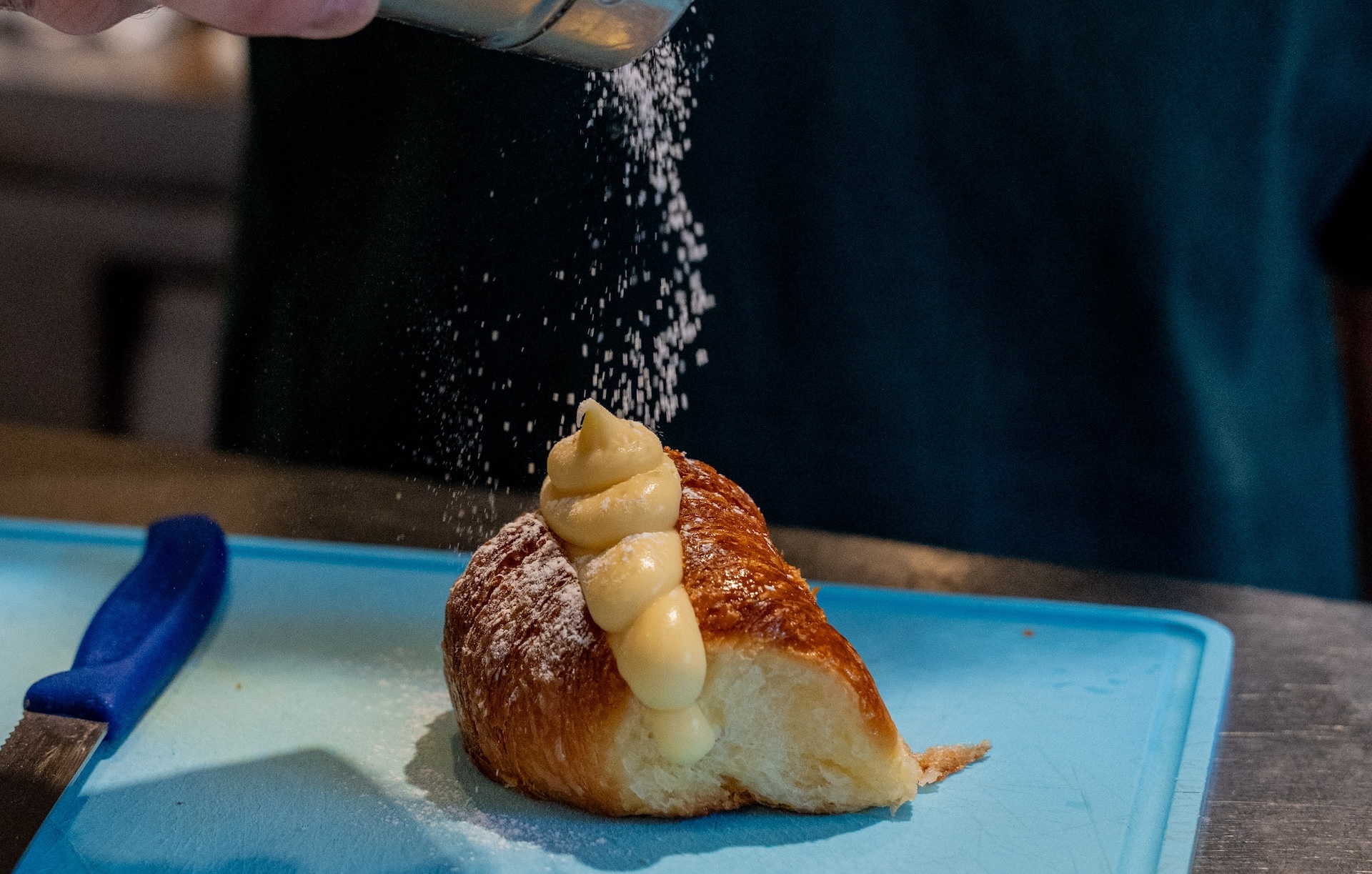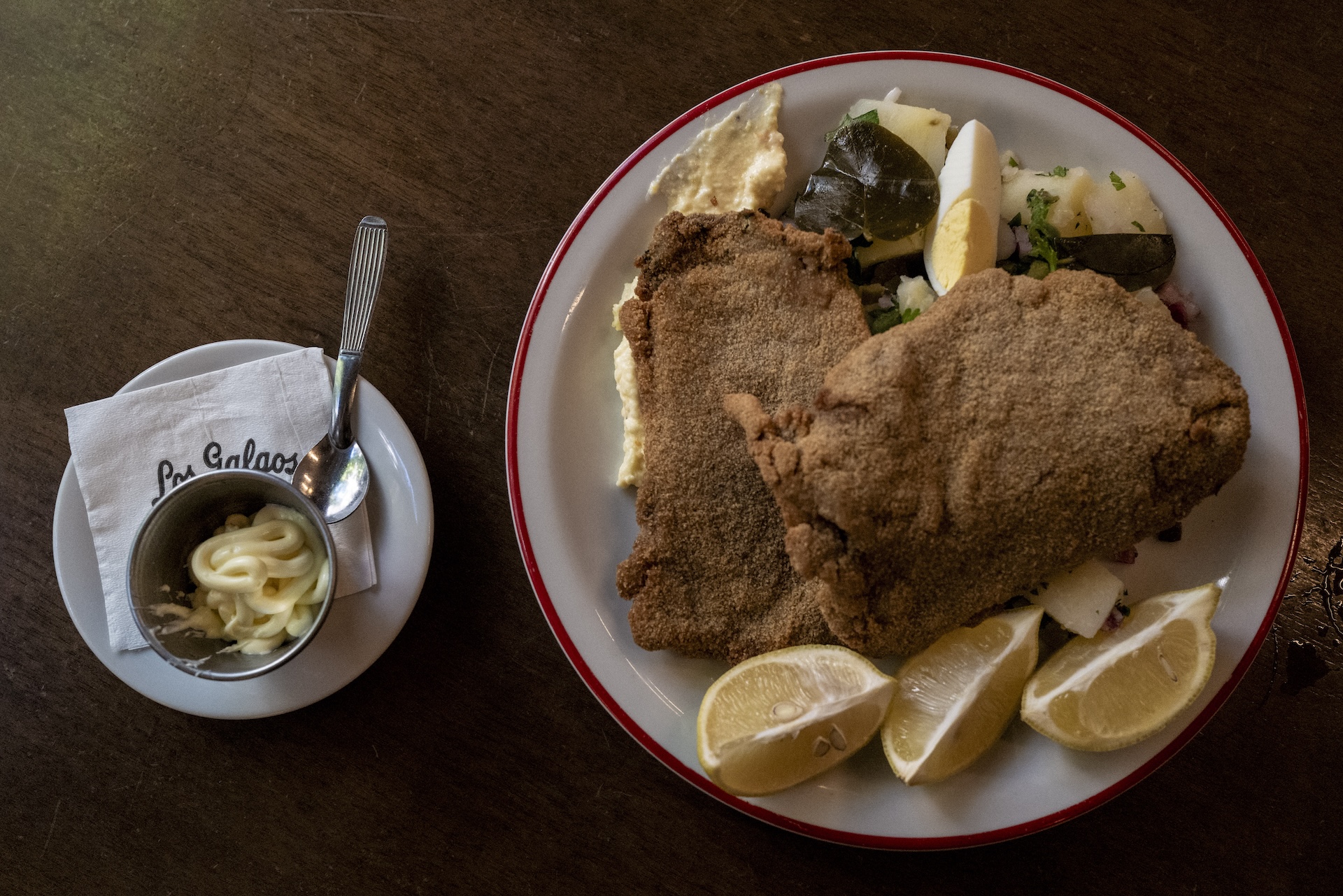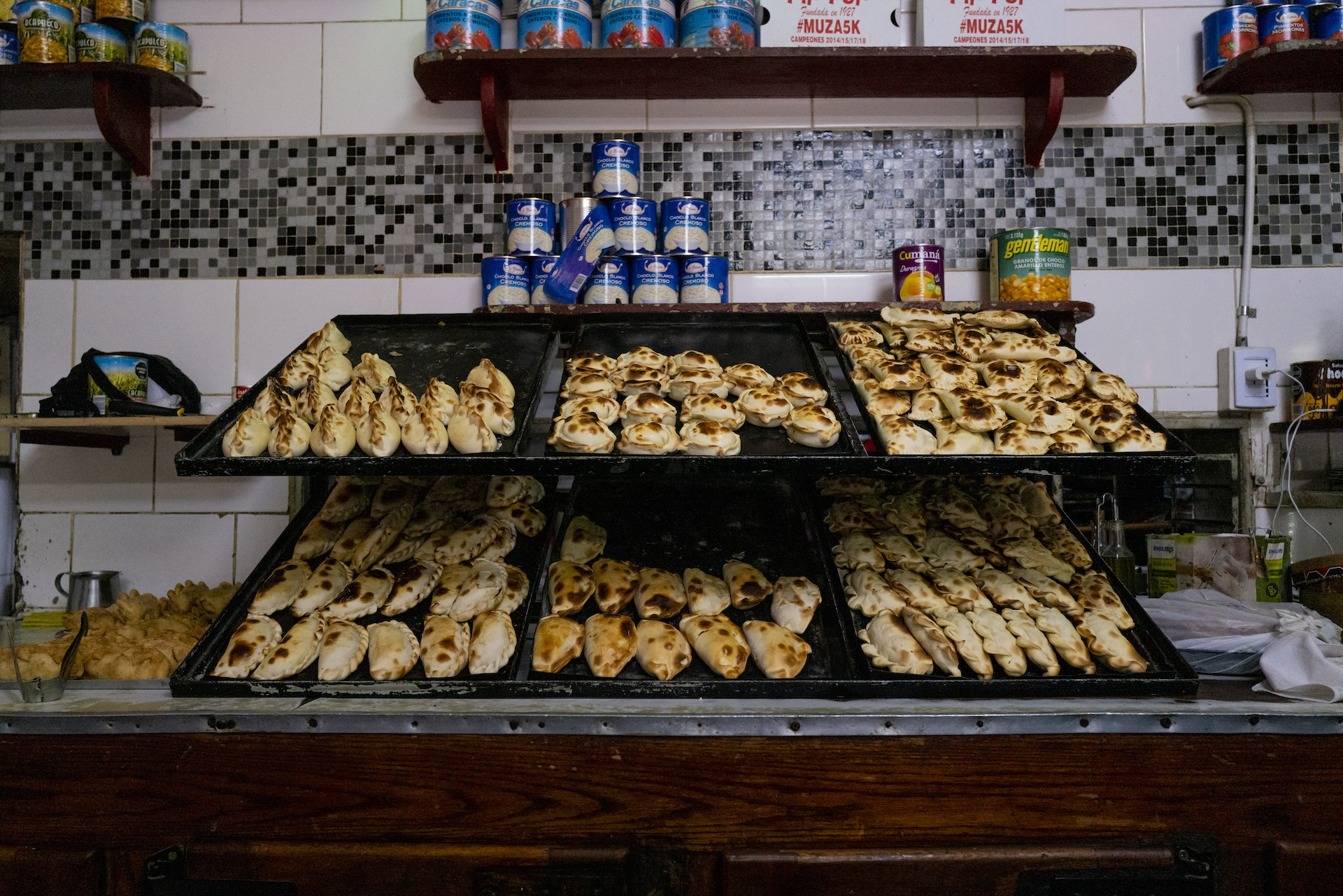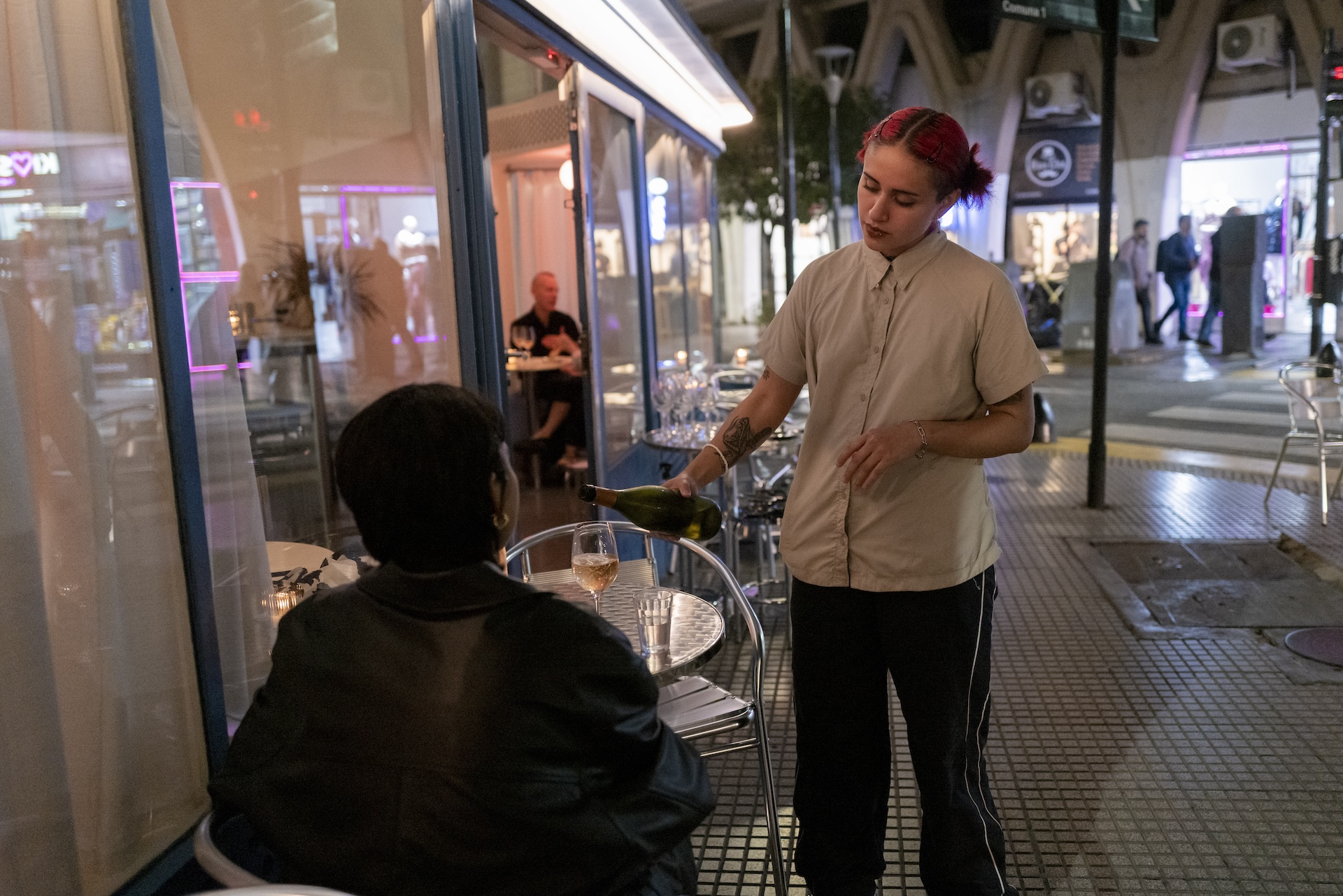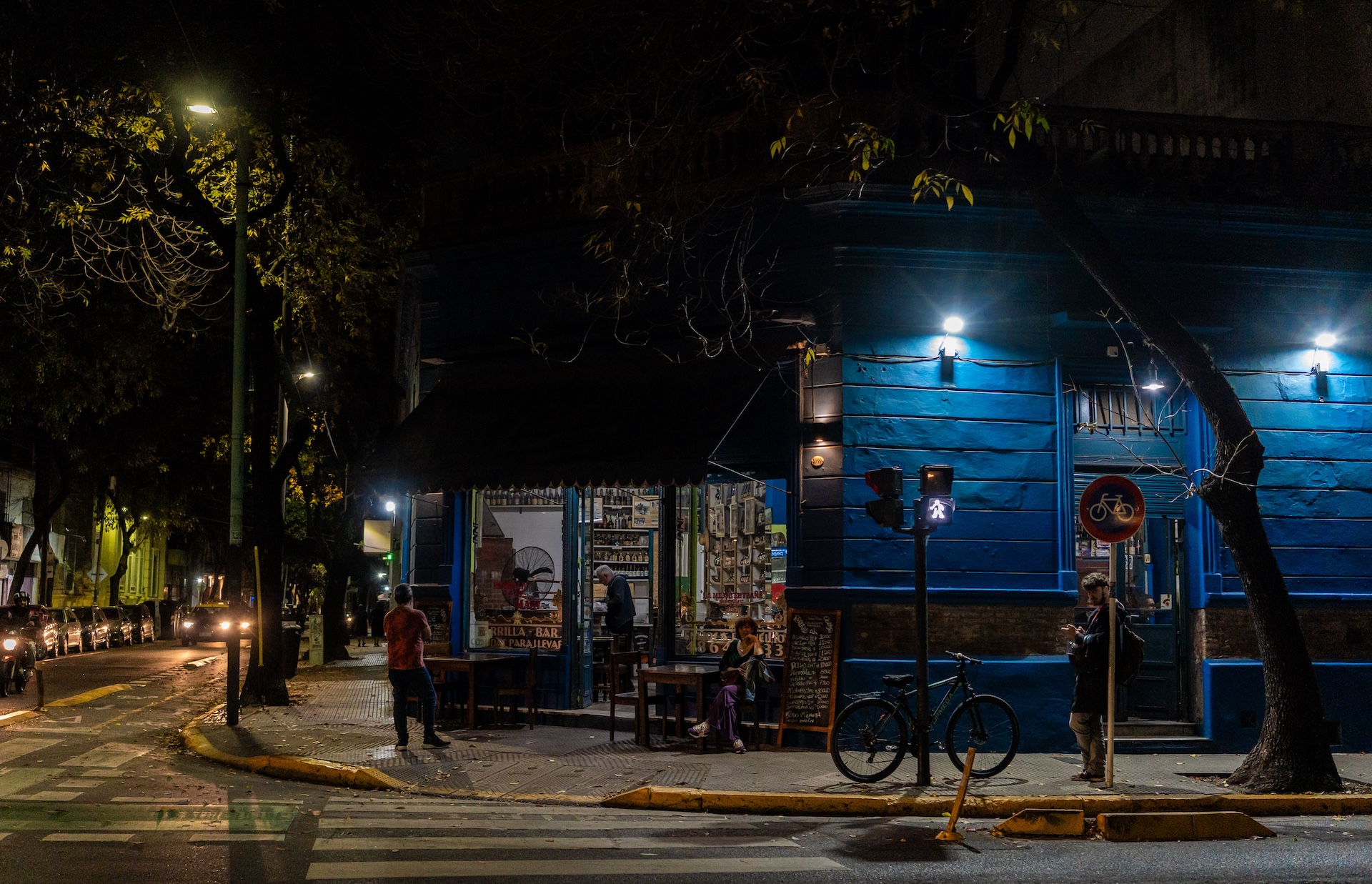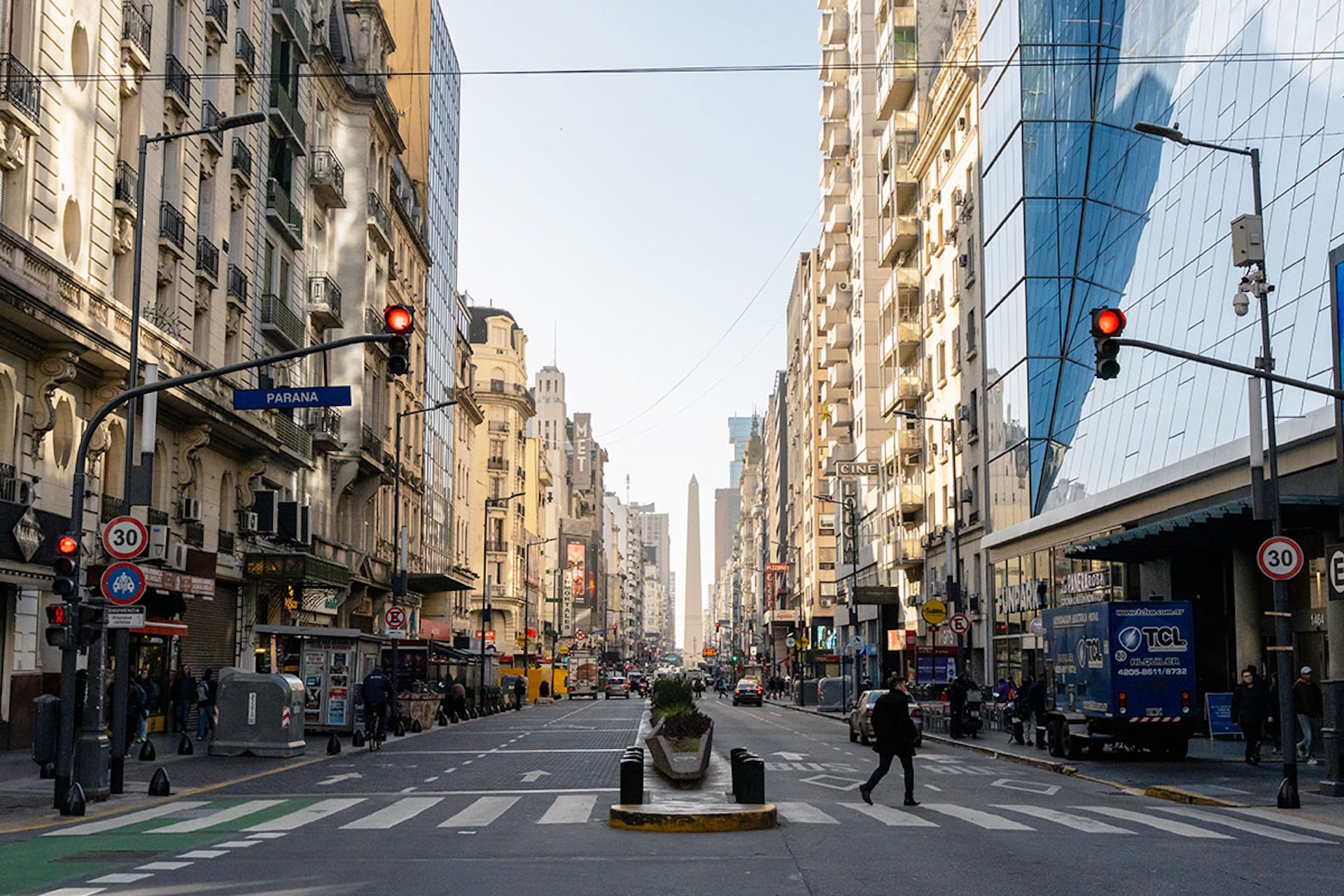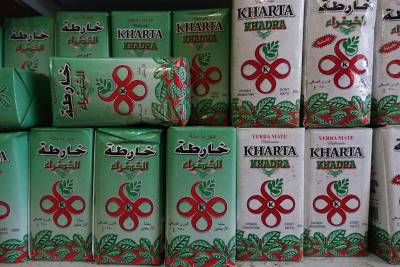We can't find the internet
Attempting to reconnect
Something went wrong!
Hang in there while we get back on track

Buenos Aires's culinary record
It might look far on the map – and getting here can seem like a journey – but the real challenge with Buenos Aires is leaving once you’re here. A port city nestled in the southern tip of South America, it never struggled to charm: it’s magnetic, layered, and endlessly fascinating, and its culinary scene is no exception.
Get the Full Story →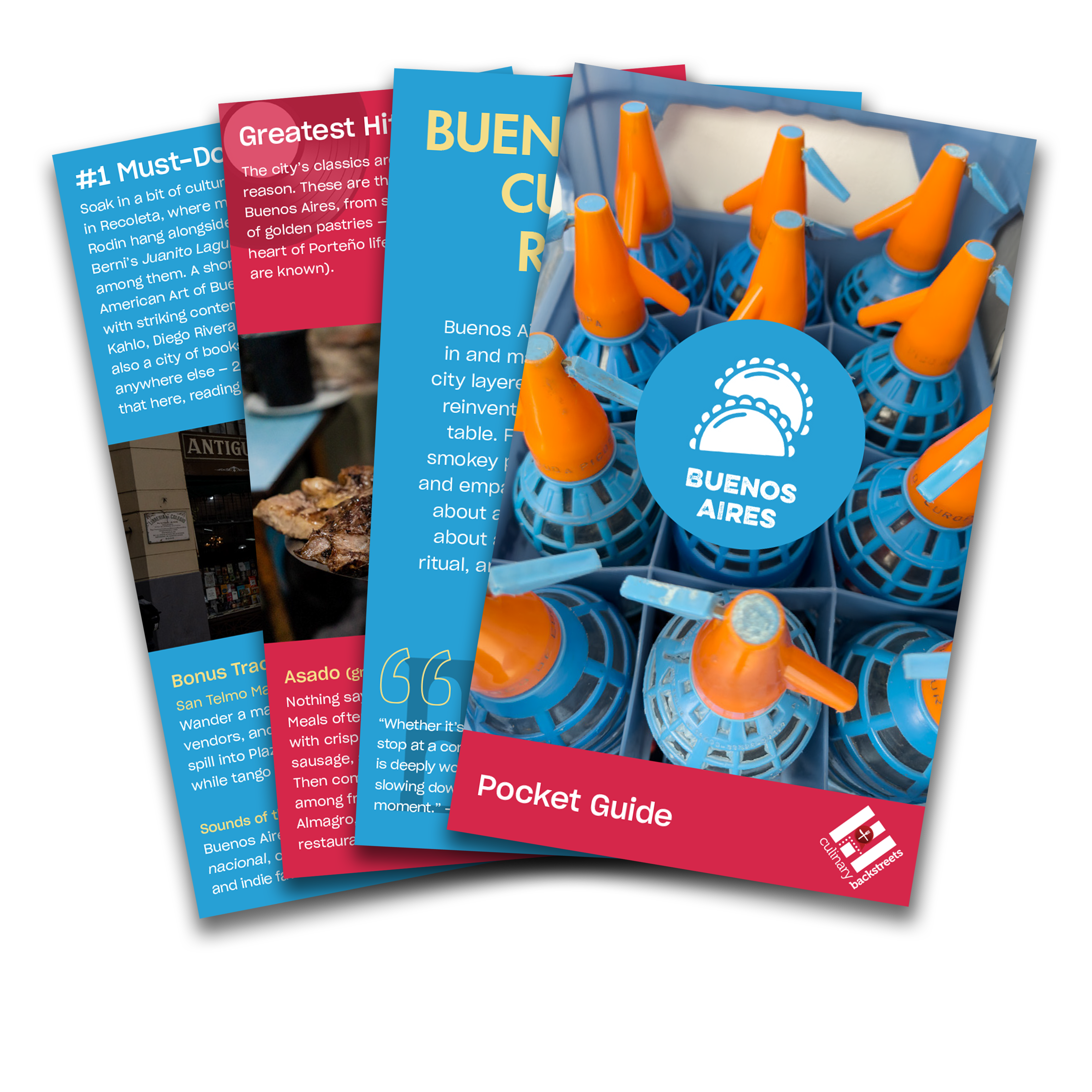
Get Your Free Buenos Aires Pocket Guide
Introducing our pocket-sized Buenos Aires guide — perfect for your next culinary adventure. Yours free when you sign up for our newsletter.
Get Your Free Buenos Aires Pocket Guide
Introducing our pocket-sized Buenos Aires guide — perfect for your next culinary adventure. Yours free when you sign up for our newsletter.
Your Questions, Answered
Buenos Aires is Argentina’s capital and largest city, set along the Río de la Plata. It grew as a port of entry for waves of immigration: first Italians and Spaniards, then Eastern Europeans, Middle Easterners, Koreans and Chinese, and more recently arrivals from Bolivia, Paraguay, Peru, and Venezuela. That mix still shapes the city’s culture and food. It carries old-world elegance in its architecture and cafés, yet the energy feels distinctly Latin American.
The best way to experience the city is to fall into its rhythm. Share a long lunch at a parrilla or bodegón, browse the weekend markets in San Telmo or Mataderos, and stay out late — dinner is never before nine, and nightlife only gets going after midnight.
Each neighborhood offers its own draw: San Telmo’s antiques and cobblestones, Palermo’s leafy plazas and boutiques, Once’s textile shops and Jewish bakeries, and Flores’s thriving Korean barbecue scene. Cultural heavyweights like the Teatro Colón opera house and the Museo Nacional de Bellas Artes sit alongside everyday pleasures: sipping a cortado in a café, lingering in a plaza, or losing track of time inside the grand El Ateneo bookstore. Buenos Aires rewards anyone willing to wander, one barrio at a time.
The city is generally safe, but petty theft happens. Cell phones are a frequent target — avoid walking and scrolling, and don’t leave bags on the backs of chairs. Use normal big-city precautions, especially in crowded or tourist-heavy areas.
It depends on the kind of trip you want. Palermo is lively and packed with restaurants, bars, and nightlife. Recoleta has old-world elegance, leafy streets, and easy access to museums. San Telmo leans bohemian, with cobblestones, antique shops, and weekend markets. Colegiales and Belgrano are more residential, with tree-lined streets, parks, and a slower pace. Wherever you land, Buenos Aires is walkable and well-connected by public transport, so exploring different neighborhoods is part of the fun.
Spring (September–November) and fall (March–May) bring mild weather and long days. November is especially beautiful when the jacarandas are in bloom. Summer (December–February) is hot and humid, while winter (June–August) is cooler but rarely harsh.
Humid subtropical: hot summers averaging 28°C (82°F), winters in the 10–15°C (50–59°F) range. Rain showers are common but usually brief.
Beef and parrillas define the international image, but Buenos Aires’s food story is more layered. Italian roots gave the city its pastas, pizzas, and gelato. Spanish, Armenian, and Jewish communities left their own legacies. More recent waves of Bolivian, Peruvian, and Venezuelan immigrants added everything from salteñas to ceviche. Bodegones still serve massive milanesas, cafés serve medialunas with café con leche, and a new generation of bars and restaurants are reviving aperitivo culture with vermouth and small plates.
With Argentina’s inflation, prices change constantly. Visitors will no longer find it the bargain it once was, but eating out can still feel affordable compared to many global capitals. A neighborhood parrilla or pizzería offers excellent value, while fine dining and boutique hotels are priced closer to international standards.
Yes. U.S. citizens can visit Argentina without a visa for up to 90 days with a valid passport.
Yes. Ezeiza International Airport (EZE) handles most long-haul flights and is about 45 minutes from the center. Aeroparque Jorge Newbery (AEP), set right in Palermo, handles domestic and regional flights — a short ride to many central neighborhoods.
There isn’t one. Dining here means mixing parrilla institutions like Don Julio with a no-frills bodegón, trying a choripán from a stand, and slipping into a Korean grill in Flores or a Peruvian cevichería downtown. The point isn’t finding the single “best” restaurant but tasting the city’s range.
Yes. Wide sidewalks, leafy plazas, and generous park space make it easy to navigate with kids. Families often bring children to restaurants, and the pace of café culture is relaxed and inclusive.


